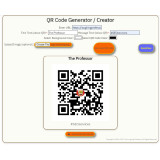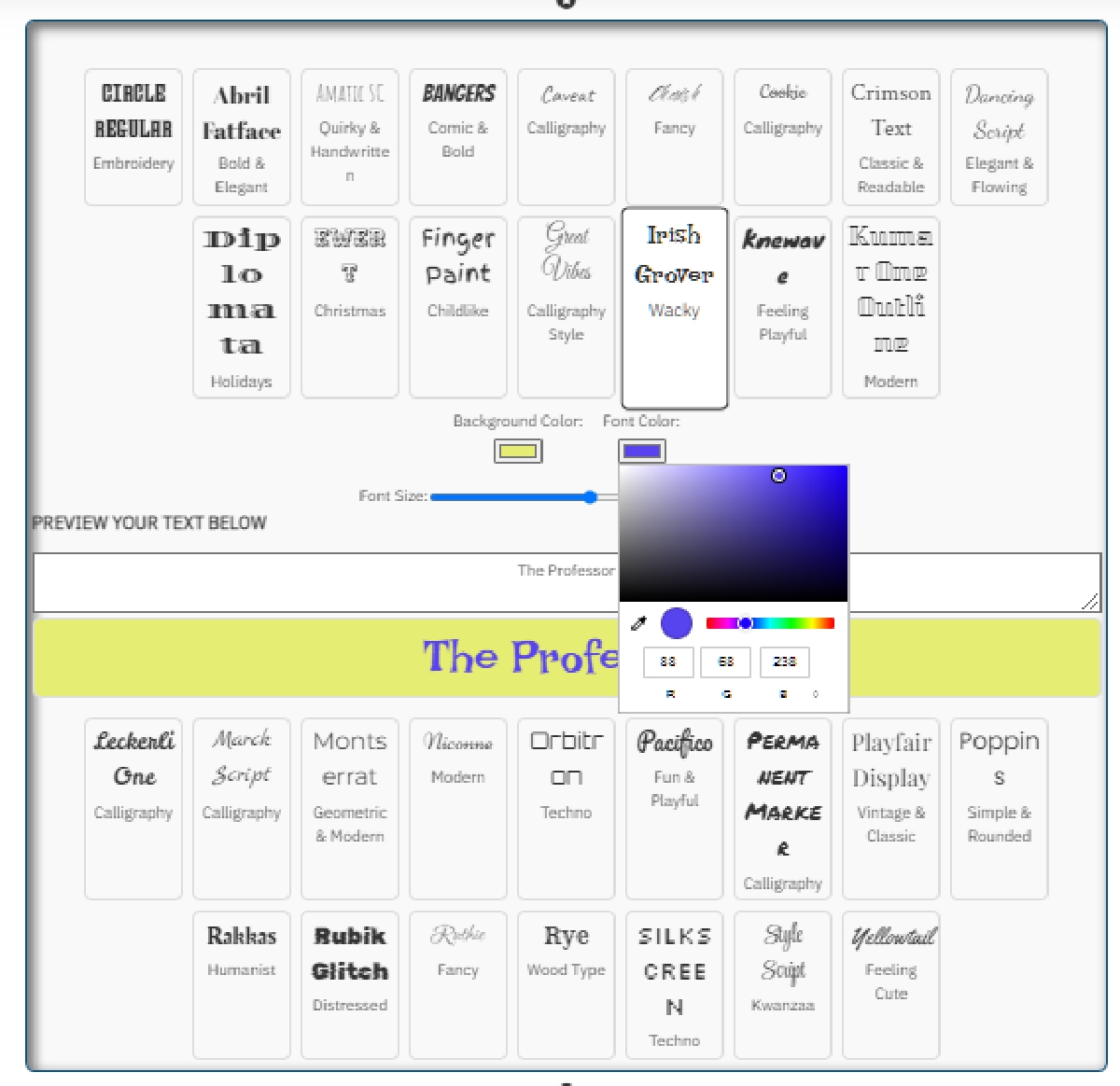Why AI Bot Tracking Is Essential for Your West Virginia Business Success
Artificial intelligence has fundamentally changed how customers discover local services, making AI bot tracking a critical component of modern digital marketing strategies. These automated systems now actively influence how information about your business appears online:
Search results
Chatbot responses
AI-generated recommendations
Voice assistant queries
AI bot tracking involves monitoring various types of bots that visit your website, including search engine crawlers, conversational AI systems, and other automated agents that can impact your online visibility.
West Virginia businesses face unique challenges in maintaining strong digital presence within their local communities. When you track AI bot activity effectively, you gain valuable insights into how your website content is being indexed, processed, and potentially shared with potential customers. This monitoring process helps identify whether your business information appears accurately in AI-generated responses and search results, essentially viewing AI bots and their interactions with your content.
The stakes are particularly high for small to medium enterprises, print shops, and service-based businesses that depend on local customer relationships. AI bot tracking provides actionable data that can improve your website's structure, content optimization, and overall search performance. Understanding these patterns allows you to stay competitive in an increasingly automated digital environment where AI systems often serve as the first point of contact between your business and potential customers.
Key Takeaways
AI bot tracking significantly influences your online visibility and customer acquisition efforts. By monitoring automated visitors to your website, you can make informed decisions about content optimization and technical improvements. This knowledge helps prevent indexing errors and ensures your business information appears correctly in AI-generated responses across various platforms.
"Understanding bot behavior is no longer optional for businesses—it's essential for maintaining competitive digital presence," says John Mueller, Senior Webmaster Trends Analyst at Google.
Understanding the difference between beneficial bot traffic and potentially harmful automated visits allows you to optimize your digital strategy effectively. Tracking these interactions reveals which pages attract the most attention from AI systems, helping you identify content gaps and opportunities for improvement. Regular monitoring also enables you to detect unusual traffic patterns that might indicate technical issues or security concerns.
For West Virginia businesses, AI bot tracking translates into more effective local search performance and improved customer engagement. The tools and techniques available today make it possible to view AI systems as valuable allies in your digital marketing efforts, provided you understand how to monitor and respond to their activity appropriately.
Understanding Different Types of AI Bots Visiting Your Website

Various categories of AI bots interact with your website, each serving distinct purposes in the digital ecosystem. Traditional search engine crawlers like Googlebot and Bingbot continue to evolve, now incorporating advanced AI capabilities to deliver more intelligent search results and improved content indexing. These systems scan your website for relevance signals, and any changes you make can directly influence your search rankings.
Search Engine Crawlers:
Googlebot
Bingbot
Modern AI assistant crawlers represent a new generation of automated visitors. Systems like ChatGPT-User, OAI-SearchBot, GPTBot, and PerplexityBot actively gather information to generate responses during user queries. These bots don't just fetch content—they analyze and synthesize information that may influence how customers perceive your business during AI-powered searches and conversations.
AI Assistant Crawlers:
ChatGPT-User
OAI-SearchBot
GPTBot
PerplexityBot
Malicious bots pose different challenges entirely. These automated systems, including scrapers and spammers, often ignore your robots.txt file rules and can overwhelm your site with unwanted traffic. Their activity can distort your analytics data and mask important trends in legitimate visitor behavior.
Malicious Bots:
Content scrapers
Spam bots
Unauthorized crawlers
For local businesses, distinguishing between these bot types is essential for effective viewing AI bots and their impact on your digital presence. By identifying which automated visitors are beneficial and which ones cause problems, you can better manage your website's indexing while protecting your digital reputation. The Laughing Professor specializes in helping West Virginia businesses implement these monitoring strategies effectively.
Practical Methods for Tracking AI Bot Activity

AI Bot Tracking Methods:
Log file analysis - Direct server data examination
Automated analysis tools - Streamlined processing solutions
Google Analytics 4 - Custom exploration setup
Combined approach - Integration of multiple methods
Log file analysis provides one of the most direct approaches to AI bot tracking. Your web server generates log files that contain detailed information including timestamps, URLs accessed, IP addresses, and user agent strings. By examining this raw data, you can identify which AI bots visit your site , determine their access patterns, and understand their behavior over time.
Automated log file analysis tools streamline this process significantly. These specialized solutions can process large volumes of data efficiently, identifying specific AI bots through their unique user agent signatures. This method gives you direct access to the technical footprints left by automated visitors, enabling you to optimize your content structure and internal linking based on actual bot behavior patterns.
Google Analytics 4 offers another valuable approach to AI bot tracking. You can create custom explorations using regex filters to identify traffic originating from AI platforms like ChatGPT, Gemini, and Perplexity. These custom reports allow you to analyze engagement metrics specifically for AI-driven visits, including session duration, bounce rates, and page interaction patterns.
Method | Accuracy | Ease of Use | Cost | Best For |
|---|---|---|---|---|
Log File Analysis | High | Medium | Low | Technical users |
Automated Tools | High | High | Medium | Most businesses |
Google Analytics 4 | Medium | High | Free | Beginners |
Combined Approach | Highest | Medium | Medium | Comprehensive tracking |
The combination of GA4 insights with detailed log file analysis provides a comprehensive view of AI bot activity. While GA4 has some limitations in tracking all bot traffic, this dual approach gives you both high-level trends and granular technical details. West Virginia business owners can use these practical methods to understand their AI bot traffic patterns and develop strategies for improved website performance.
"The businesses that succeed in 2024 will be those that understand and optimize for AI bot behavior," predicts Barry Schwartz, Search Engine Land's News Editor.
Monitoring Your Brand in AI-Generated Responses

AI-generated answers increasingly shape how customers perceive local businesses, making brand monitoring in these responses crucial for reputation management. When potential customers ask AI systems about services in your area, the information these systems provide can significantly influence purchasing decisions. Tracking how your brand appears in these responses helps ensure accuracy and consistency across all AI platforms.
Specialized monitoring tools now exist that track brand mentions across multiple AI models simultaneously. These solutions can monitor responses from ChatGPT, Bing AI, Google Bard, and other conversational AI systems, providing real-time notifications when your business is mentioned. This proactive approach to viewing AI bots and their responses allows you to quickly identify and address any inaccuracies or misrepresentations.
Consistent online information becomes even more important when AI systems reference your business. These automated systems draw from various online sources to generate responses, so maintaining accurate and up-to-date information across all platforms helps ensure positive brand representation. Regular monitoring helps you understand which aspects of your business AI systems emphasize most frequently.
"Brand monitoring in AI responses is the new reputation management frontier. Businesses that ignore this space do so at their own peril," notes Rand Fishkin, founder of SparkToro.
Does your business appear accurately when customers ask AI systems for local recommendations?
The Laughing Professor's expertise in both SEO and website development helps West Virginia businesses maintain strong brand representation across all AI platforms. By combining technical monitoring with strategic content optimization, you can influence how AI systems present your business to potential customers.
Challenges and Future Developments in AI Bot Tracking
The volume of bot traffic creates significant challenges for accurate AI bot tracking. Distinguishing between legitimate AI bots that support SEO efforts and harmful automated visitors that distort analytics requires sophisticated analysis techniques. Misidentification can lead to skewed data that guides strategic decisions in the wrong direction, particularly problematic for businesses with limited technical resources.
Current Challenges:
High volume of bot traffic creates analysis complexity
Difficulty distinguishing legitimate vs. harmful bots
Rapidly changing AI bot behavior patterns
Privacy regulation compliance requirements
AI bot behavior continues to change rapidly, making it necessary to regularly update tracking methods and filters. As these systems become more sophisticated in mimicking human behavior, traditional identification methods like user agent strings may become less reliable. Privacy regulations also add complexity, requiring businesses to balance comprehensive tracking with compliance requirements.
The future of AI bot tracking shows promising developments. Structured data implementation will likely become more important for communicating content relevance to AI systems effectively. Integration of multiple data sources—combining GA4 insights, log file analysis, and specialized tracking tools—will probably lead to unified dashboards providing complete views of bot activity.
Future Developments:
Enhanced structured data implementation
Unified tracking dashboards
Advanced detection capabilities
Improved bot behavior analysis
Advanced tracking tools will continue developing more sophisticated detection capabilities for new bot behaviors. For West Virginia businesses seeking online growth, staying informed about these developments remains important for maintaining competitive digital presence while managing both beneficial and problematic AI activity effectively.
"AI bot traffic now represents over 40% of all web traffic, making monitoring essential for digital success," states Distil Networks' Bot Traffic Report.
Conclusion
AI bot tracking serves as a fundamental tool for improving online visibility and protecting brand reputation. By understanding and managing various types of automated visitors, local businesses can optimize website indexing and customer engagement. Implementing these strategies today prepares your business for tomorrow's digital challenges.
Frequently Asked Questions About AI Bot Tracking
What is the primary benefit of tracking AI bots for a local business?
AI bot tracking provides insights into how your website gets indexed and represented across AI platforms. This process of viewing AI bots and their interactions leads to improved online visibility and helps ensure potential customers receive accurate information about your services and products.
Do I need advanced technical skills to track AI bots?
Advanced technical skills aren't strictly necessary. Tools like automated log file analyzers and simplified GA4 explorations help businesses monitor bot activity without requiring deep technical expertise. The Laughing Professor can also provide guidance and implementation support.
How often should I monitor AI bot activity?
Regular monitoring works best, with frequency depending on your business size and online activity level. Monthly reviews help detect issues quickly, while more active businesses may benefit from weekly monitoring to stay ahead of potential problems.

 29 years of #TheProfessor
29 years of #TheProfessor

 12% rewards for affiliate members
12% rewards for affiliate members
Leave a Comment